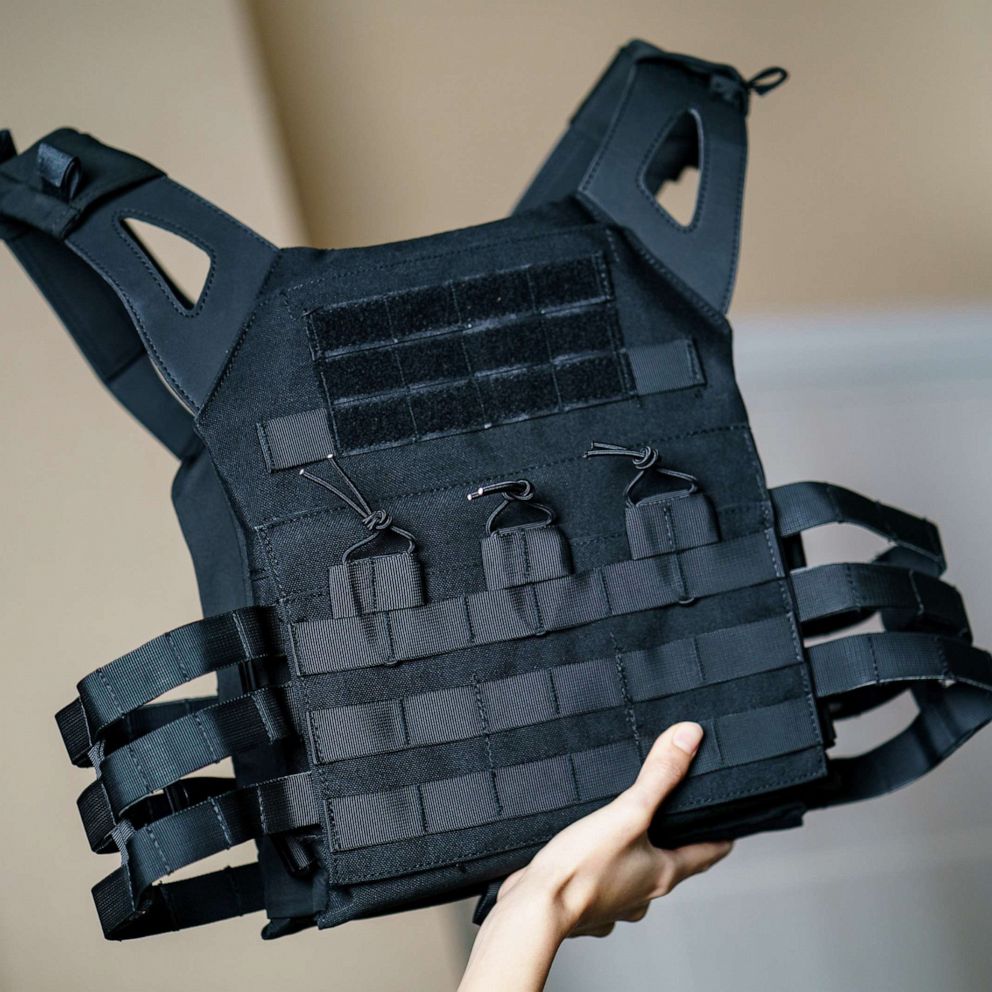In today’s world, personal protection is a top priority for individuals working in high-risk professions such as law enforcement, military, security, and private sectors. Body armor plays a crucial role in providing protection against ballistic threats and potentially life-threatening situations. However, understanding the different types of body armor can be overwhelming, as there are various options available on the market. In this article, we will explore and demystify the different types of body armor to help you make an informed decision when it comes to your personal safety.
- Soft Body Armor: Soft body armor is the most commonly used type of body armor due to its flexibility, comfort, and concealability. It is typically made from multiple layers of tightly woven fibers, such as Kevlar, that work together to absorb and disperse the energy from incoming projectiles. Soft body armor is effective against handgun rounds and provides protection to vital organs. It is often worn by law enforcement officers and individuals requiring covert protection.
- Hard Body Armor: Hard body armor, also known as plate armor, offers increased protection against high-velocity projectiles and rifle rounds. It consists of rigid plates made from materials like ceramic, steel, or composite materials. Hard armor plates are capable of stopping rifle rounds and provide enhanced protection to the wearer. They are commonly used by military personnel and tactical teams operating in hostile environments.
- Hybrid Body Armor: As the name suggests, hybrid body armor combines the characteristics of both soft and hard armor. It incorporates soft armor panels with pockets to hold hard armor plates. This type of body armor offers a balance between flexibility and increased protection. Hybrid body armor is often preferred by individuals who require versatility and adaptability in various operational scenarios.
- Tactical Vests: Tactical vests are a type of body armor designed to provide protection and functionality. They typically feature MOLLE (Modular Lightweight Load-carrying Equipment) webbing or similar attachment systems that allow for the customization and attachment of additional gear and equipment. Tactical vests can accommodate soft armor panels, hard armor plates, and various pouches, holsters, and accessories based on individual requirements.
- Concealable Body Armor: Concealable body armor is specifically designed to be worn discreetly under clothing. It is typically made from lightweight and flexible materials, providing comfort and concealment without sacrificing protection. Concealable body armor is popular among law enforcement officers, security personnel, and individuals who require covert protection while maintaining a low-profile appearance.
- Tactical Carriers: Tactical carriers are specialized body armor systems that offer a higher level of protection and functionality. They are designed to integrate with various mission-specific equipment, such as communication devices, hydration systems, and load-bearing pouches. Tactical carriers provide modularity, customization, and enhanced mobility to suit the specific needs of tactical operations.
- Specialized Armor: In addition to the standard body armor options, there are specialized armor solutions available for specific threats and operational requirements. These include armor designed to withstand stab and puncture threats, blast fragmentation protection, and armor for specific environmental conditions. These specialized armor solutions cater to unique needs and provide tailored protection for specific risks.
When considering body armor, it’s essential to understand your specific requirements, the level of protection needed, comfort, mobility, and the potential threats you may encounter. Consulting with professionals or experts in the field can provide valuable insights and help you select the most suitable body armor for your needs.
In conclusion, body armor plays a vital role in providing protection to individuals operating in high-risk environments. Understanding the different types of body armor allows you to make an informed decision and choose the right level of protection for your specific needs.
